What are brain waves?
Brain Wave is among the few technologies that the world is currently researching. There are many potential techniques in this field and they can solve many of our future problems.
Brain waves are definitely linked and are produced in our brain. Our emotions, chemical activities and thoughts are communicated through neurons. Neurons, which are the brain cells and building blocks of the central nervous system, communicate with each other in the form of electrical pulses and signals. Millions of signals communicate with each other, producing electrical activity in our brain. This in turn produces brain waves around the scalp and can be measured by measuring electrical activities near the scalp. These electrical activities are called waves as they have a wave-like shape and nature.
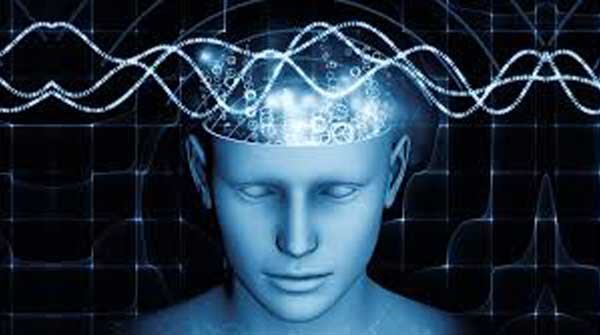
Fig. 1: Representational Image of Brain Waves
Brain waves are subject to change depending on changes in our thoughts and feelings and are essential because their patterns say a lot about a person. Any imbalance in brain waves can seriously affect our emotional or neurophysical health. Any type of instability in brain waves can cause conditions such as obsessive-compulsive disorder, panic attacks, explosive behavior and migraines, among others. There are two conditions of brain wave instability.
Over-arousal – This leads to sleep disturbances, impulsive behavior, twitching, anxiety disorders, anger and aggression
Underarousal – This leads to insomnia, depression, lack of attention and chronic pain. Brain waves can be detected using sensors that are placed on the scalp through a procedure known as an electroencephalogram (EEG).
Present studies
The study of brain waves has been an important part of all research institutes and education centers around the world, including MIT, Yale, etc. Many researchers/companies are also working on this and it won't be far when we see brainwave technology turning into a tsunami. Few companies working in this area are Mettl, MindFlex, Emotiv, NeuroSky, etc. NeuroSky's EEG module has brought a huge breakthrough in research and many companies currently working on brain waves are using Neurosky's EEG module for research. This EEG module contains 6 filters that are used to filter out extra noise and signals produced by the brain and are used for attention, meditation, delta, theta, alpha, beta and gamma.
Types of brain waves
Brain waves contain a spectrum of frequencies mainly between 1 Hz – 100 Hz. An image of the spectrum, which I took while studying brain waves, is shared below.
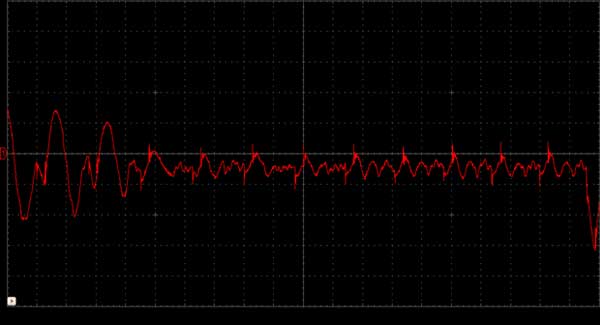
Fig. 2: Typical image of brain waves observed in CRO
The spectrum is divided into 5 main types named as –:
Let me explain about each of the types of brain waves. All types are interconnected and overlapping each other
Delta wave activity in babies is much greater than in adults. This can also be seen in practice, as babies spend a lot of time sleeping. The study shows that the delta wave is in fact the most dominant brain wave in children up to 5 years of birth. The Delta wave decreases with a 25% drop rate from ages 11 to 14 and continues to decrease throughout life and by age 75, they are almost absent.
Changes in nutrient metabolism, physiological damage, and chemical changes can be causes of interruption of delta waves. The adequate amount of delta waves results in less anxiety, improved sleep and headache relief.
So the next time you have a headache, try increasing your DELTA WAVE.
Whenever we have an intuition about an incident or experience, it is usually a natural response from our body and a result of slow wave activity in the delta or theta region of the brain waves.
• THETA WAVES
The first indication of theta waves appeared in 1938, in a research article published by Jung and Kornmüller. Additional studies on theta waves were continued by John D. Green and Arnaldo Arduini.
Scientists believe that all spiritual connections in our body are experienced due to theta waves. Theta waves are responsible for our deep memories and visions. It is the place where we experience learning, inspiration, memory, etc.
Theta waves are basically the internal sensation of the body rather than the external factor. It mainly occurs when we are about to sleep or when we have just woken up. In theta we are dreaming and it is the same place where we keep our fears, history and nightmares. It is also involved in restorative sleep and short-term memory.
Theta has its benefits of helping us improve our intuition, creativity and makes us feel more natural, but at the same time too much theta waves can bring depression and stress.
The frequency of theta waves is between 3 and 8 Hz
• ALPHA WAVES
Alpha waves were discovered by Hans Berger, the famous German neurologist famous for his invention of the EEG. Berger also discovered delta waves along with alpha. Alpha waves arise from the constructive/in-phase electrical activity of thalamic pacemaker cells. They originate from the occipital lobe of the brain.
Alpha sits between beta and theta and bridges the gap between the conscious mind and the subconscious. It is associated with a peaceful, pleasant, almost floating feeling and is correlated with relaxed wakefulness and creative thoughts.
It helps us calm down when necessary and promotes feelings of deep relaxation. If we become stressed, a phenomenon called “alpha block” can occur, which involves too much beta activity and too little alpha. Essentially, beta waves “block” alpha production because we get too excited.
Alpha brain waves are dominant during silently flowing thoughts and in some meditative states. Alpha waves aid in overall mental coordination, calmness, alertness, mind/body integration, and learning.
The frequency range of alpha waves is between 8 and 12 Hz
• BETA WAVES
Beta waves are a symbol of alertness, reasoning, logic and our awakened consciousness.
While Beta brain waves are important for effective functioning throughout the day, they can also translate into stress, anxiety, and restlessness.
Beta waves are subdivided into three bands –:
• GAMMA WAVES
Gamma waves were previously ignored in analog EEG where frequencies lower than 25 Hz were used. Scientists and researchers at the time considered gamma waves to be noise. One of the first signs of gamma waves came when recording waves from the cortex of awake monkeys.
Very little is known about these waves, but it is very clear that these waves are used in high-speed information processing and are associated with the processing of visual and auditory stimuli.
In the context of EEG, they are mainly present when the person is awake, although gamma waves are always supported by other waves such as alpha, theta and delta.
Gamma waves are also associated with our ability to adapt and learn. They are stuck, without perception, with new things. Studies show that people with mental disabilities tend to have low gamma activities.
With frequency ranges from 38 to 42 Hz, gamma waves have the following characteristics:
In a nutshell, we can say that the frequency of brain waves is directly proportional to the brain's attention. For example, the lower frequency Delta state occurs when we are in deep sleep and the higher frequency Gamma state occurs when we are highly cautious.
Brain wave sensors
According to my internet research, there are many commercial sensors available in the market for hobbyists. Let's take a look at some famous and used sensors around the world and analyze them.
1. Official Neurosky Headphones – Neurosky has a collection of EEG headphones ranging from $80 to $150. These modules can provide us with meditation/attention values, power band values of EEG signals and also raw wave data. It communicates wirelessly and neurosky also provides free tools for developers. It is a good option according to current technical aspects.
2. Open EEG – Open EEG means building your own EEG module from scratch. This method is more complex and expensive, as we need to build everything from scratch, including filters, parser, etc. It adds up the development cost and incurs around $200.
3. Strength Trainer Ball Game – Neurosky supplies their chips for the Force Trainer and they are cheap too. They are easily available at a cost of $80. Although the Force trainer is cheap, it does not allow us to access raw EEG data. Additionally, we cannot extract power band values from the Force Trainer.
4. Mindflex Ball Game – Neurosky also supplies its chips to Mindflex and we can say that Mindflex, ForceBall, Neurosky have almost the same silicon chip with different firmwares. Mindflex allows us to access raw EEG values and also EEG power band values in the $100 range.
5. Emotiv Brainwave Sensor – Emotiv sensors are among the most famous brainwave sensors and are used for research applications around the world. They provide us with 10 to 12 channels of EEG from almost 15 to 20 locations in our brain. They range from $300 to $500. These sensors interpret 3 mental states, 13 conscious thoughts, facial expressions, head movements (using the gyroscope). Emotiv also provides Bluetooth interface.
There are many other sensors like AuroraDream Band, Melon Headband, Hi Brain, iFocus Band, Mindwave, MindSet, Mindball, Xwave headset, Muse, OPenBCI, all ranging from $60 to $400 and offering different features, interface and performance many different. You can choose according to your need and budget. Also, please note that the prices I mentioned are in line with my research at a given point in time. You may find variations in price when researching them. Keep surfing the internet for the latest prices and availability.
For our study, I chose the Mindflex brainwave sensor because I found it a little less complex, it detects data from a location with an electrode exactly above the right eye. Furthermore, it is suitable for our budget (less than $100) and provides raw EEG data and power band values, which are the main requirement for our study.
Mindflex sensor detail
Although there is a full game that we need to purchase, we are currently only dealing with the HeadBand portion of the game. So here is the list of parts present in the Mindflex Brainwave HeadBand.
1. Forehead sensor – A small circular stainless alloy electrode with a radius of 40 mm to detect brain wave signals coming from the scalp or forehead. It is directly connected to the Mindflex main processing board.
2. Ear Clips – There are two ear clips on the MindFlex headband. My assumption is that these ear clips are also made of the same material as the electrode, i.e. stainless alloy. They are connected to our ears as we measure brain waves, providing EEG protection and a reference to the processor within the circuit.
3. On/Off Switch – This is a simple two-way ON/OFF switch to turn the headband processing unit on or off. This option will be enabled whether wireless data is being transmitted or not.
4. Power Light – A small red LED is used as a power indicator. This LED will indicate whether adequate power is being supplied to the card or not. There are two reasons why the LED is off. Either the switch is off and there is no power to the board, or the switch is on but there is not enough battery power.
5. Adjustable Buckle – This adjustable buckle is to ensure the user comfortably wears the headband. This is also to ensure that the band is so tight that the electrode/sensor is in direct contact with the human forehead.
These 5 components can be easily seen from the outside.
Now, for our study, we open up the brainwave sensor. There are two pieces of closed plastic housing in rectangular shape on the sensor. Let's open both parts and see one by one what's inside them.
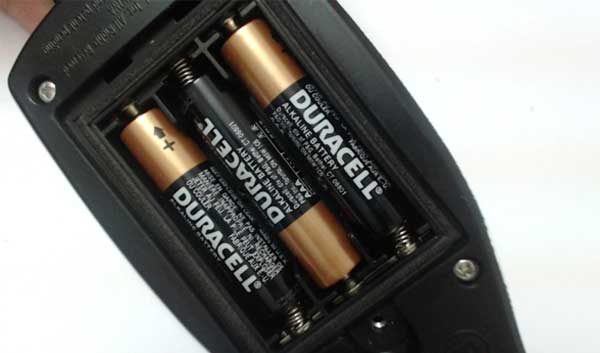
Fig. 3: Image of the battery used in the Mindflex sensor
So this is the inside of the first part. There are three 1.5V AAA alkaline batteries for power. These three batteries constitute a total of 4.5V and provide power to our main board.
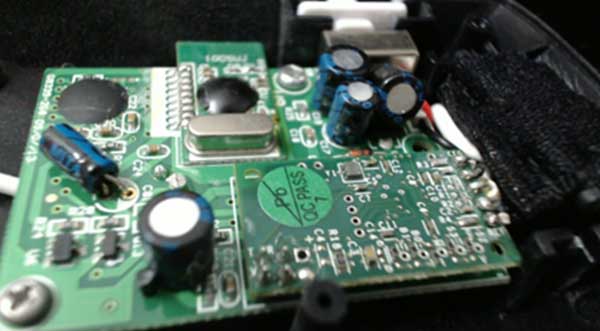
Fig. 4: Image of the Mindflex brainwave sensor
Now let's move on to the main part of the board. Let me open it up and see what's inside this part. The image above is what we can see inside the second part.
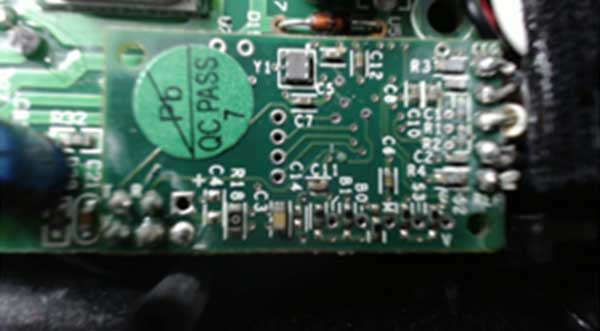
Fig. 5: Image of the NeuroSky EEG chip in the Mindflex brainwave sensor
This specific board is the NeuroSky EEG chip, used by MindFlex for processing.
Now the processed data from the EEG chip goes to the microcontroller and later the microcontroller sends the data wirelessly at 2.4 Ghz. This frequency is used because it is the free RF wireless band.
Except for the NeuroSky board, there is the Mindflex main board, which has the microcontroller with 12 Mhz crystal oscillator. Below the PCB is an RF antenna for wireless transmission. Additionally, there is a non-conductive glue-like substance placed on the ICs to prevent short circuit or accidental contact.
Many times when the manufacturer does not place the IC in the thermal protection kit, which is the black outer body of any IC, he just places the wafer on the PCB which is often anti-static in nature. Still, I'm not going to joke or touch that part and let it be as it is.
In the next article in the series we will see more about the Neurosky EEG Chip in detail. Stay tuned to know more about it.

